While you probably already know to freeze bananas for smoothies when the peels start looking too spotty, there's a good chance you're letting other perfectly good foods go to waste by not putting them on ice before they turn.
To help you stretch your grocery dollars further, we've gathered some genius ideas from food and nutrition experts. Here, how to freeze a number of surprising foods—like ginger and tofu (yes, really!)—plus, how to thaw and use each one to make countless delicious dishes:
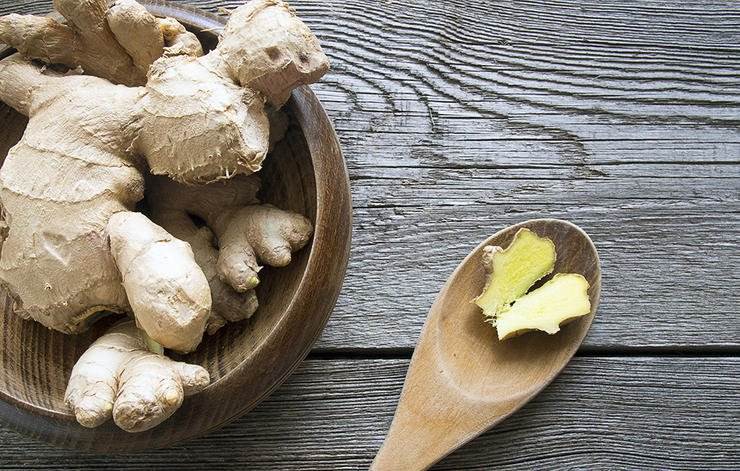
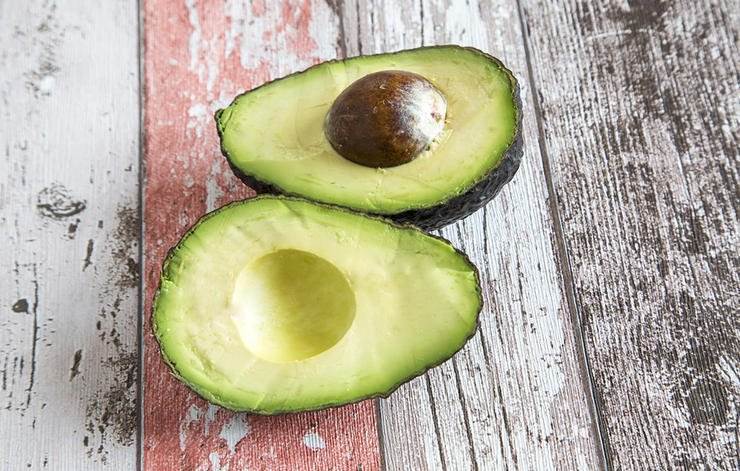
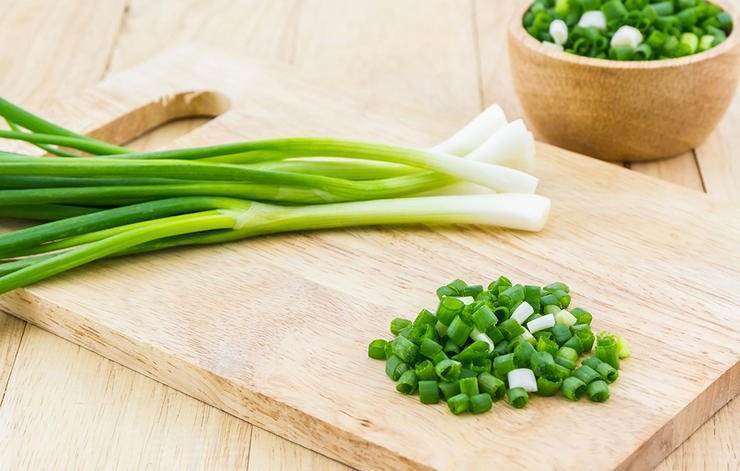

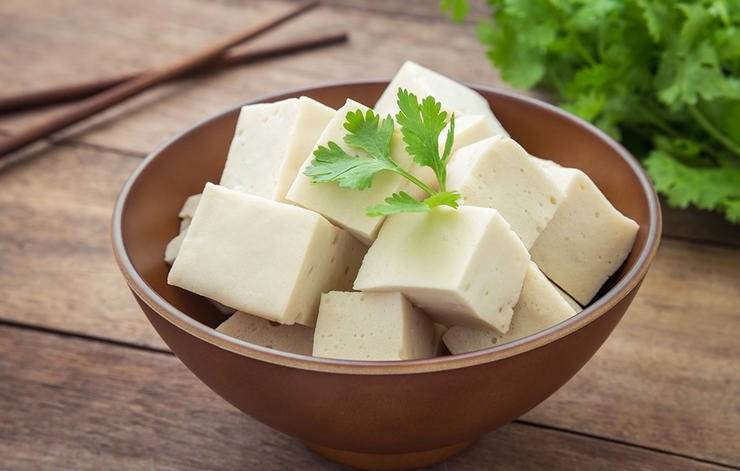
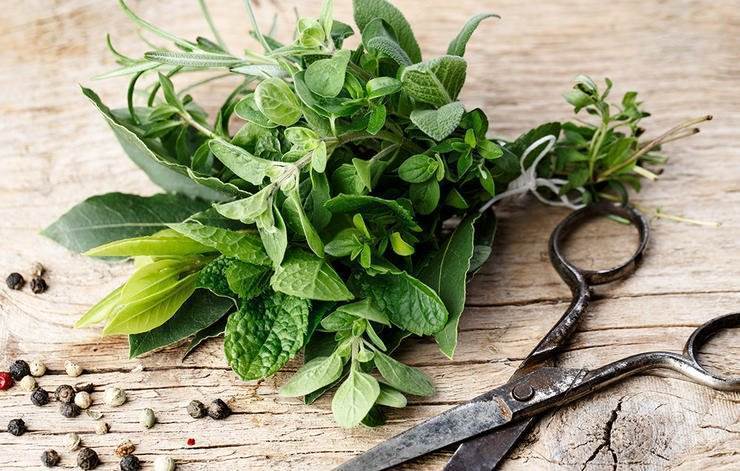
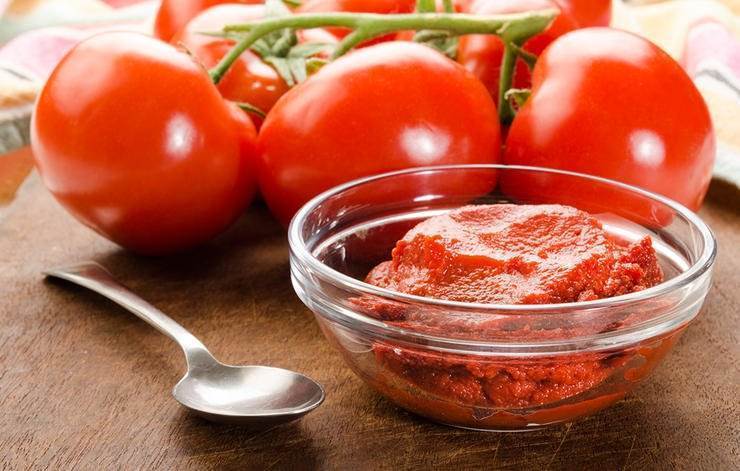
Ginger
"You usually have to buy ginger in those giant knots, and they dry out so quickly," says health coach Jamie Logie. "But if you put it in the freezer it extends its life indefinitely, and you can still peel and grate it as you normally would." And it’s smart to keep this spicy root handy because it has some amazing health perks.
Avocado
"I love freezing avocados for my smoothies and using them in place of banana for a morning boost that’s lower in sugar and carbs," says holistic health coach Mia Rigden. (She typically blends ½ a frozen avocado with ¼ cup pineapple, a handful of greens, 5 mint leaves, 2 scoops vanilla protein powder, 1 cup coconut milk and 1 cup water.) "Sometimes I also use my frozen avocados to make avocado chocolate mousse or gazpacho."
For the perfect frozen fruit, wait until the avocado reaches prime ripeness (the skin should be dark and yield to firm, gentle pressure), then cut it into slices, put in an airtight bag, and toss it into the freezer.
Spring Onions
Just because you only bought them for one recipe doesn't mean you should give up on the leftovers. With 30 seconds of extra work, you can keep spring onions fresh for months to come: "Chop them up, put them in an empty water bottle, and place it in the freezer," Logie says. "Since they're chopped small they thaw out quickly."
Cooked eggs
"Nobody ever freezes eggs, but they should," says dietitian Monica Heather Auslander. "I make quiches with eggs and freeze them for months." She bakes her mini frittatas in muffin cups and then wraps them tightly in plastic wrap so they'll stay fresh.
Tofu
Here's a fact you won't want to miss: Freezing tofu not only helps it last longer, but it can actually make it more appetizing! "I freeze tofu to change its texture—it makes it chewier and firmer," says chef Jennifer Brule. When the tofu thaws it causes the water pockets to expand, allowing sauces, marinades, dry rubs and other flavourings to better seep into the sponge-like block, Brule explains.
To freeze and thaw your favourite tofu, slice open the package and drain the water. Then, tightly wrap it in a plastic bag and freeze it for up to three months. When you're ready to thaw it, Brule says to put it on a plate and microwave it on high for 60 seconds. If the block is not defrosted all the way through, zap it again for 30-second intervals until it softens. Once thawed, she recommends slicing the block horizontally and pressing with a tofu press to squeeze out even more water, then prep to your liking. This basic process should work no matter how firm—or soft—your tofu is before it hits the ice.
Fresh herbs
"I love buying fresh herbs, but it's very rare that I use an entire bunch," says dietitian Natalie Rizzo. "Rather than let the herbs go to waste, I freeze them in an ice cube tray." Before freezing, Rizzo mixes savoury herbs, like basil and parsley, with a cooking liquid, like olive oil or lemon juice, so she can melt the cubes directly into a hot pan. "For sweeter herbs, like mint, I freeze them in water and then dissolve them in tea or toss them into smoothies," she says.
Tomato paste
Rather than leave that opened can to dry out in the fridge, freeze dollops of tomato paste in a small container lined with wax paper. Then pop off a mound when you want to flavour soups, stews, braised meats, or sauces like mole or curry, says dietitian Judy Barbe. Tomato paste gets a flavour boost when you brown it, so be sure to let it warm all the way through.










